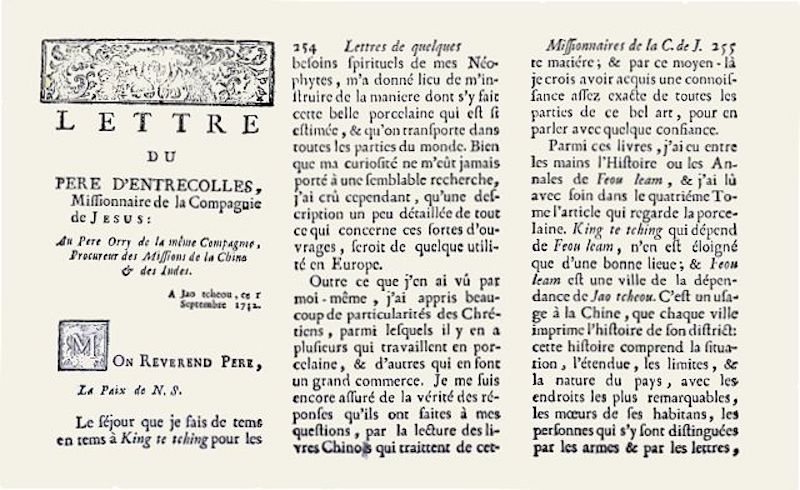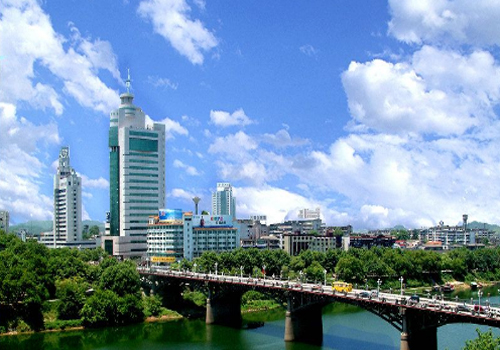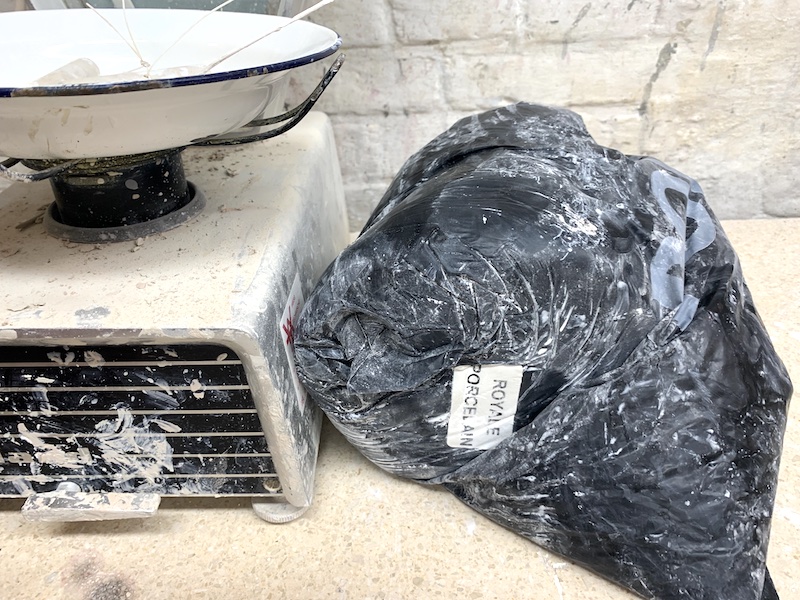tableware with contents
(watch the matching video here)
J.C. HERMAN Ceramics produces potter's tableware from white 'Royale Porcelain' clay.
In 2018, the potter/owner, Herman Verhagen, learned to wheelthrow porcelain from master Hu Shifu Xiao in Jingdezhen, China, the city where this unique type of clay was invented.
In 1712, a missionary wrote down the secret recipe in a letter from exactly that city and sent it to Europe.
Each item of the Porcelaine Royale tableware has a unique hand-painted serial number on the bottom, that refers to a word from this Lettre du Père d'Entrecolles, gradually published on our website (as per april 1, 2023). Every time a new item leaves the kiln, a new word appears online, with the serial number of that item. It also shows a photo of that specific item and the production date.

the letter
|

jingdezhen
|

the clay
|
In this way:
• every item – cup, saucer, etc. – is part of a ‘family’; not only because each part is made by hand (and therefore uniform but never exactly the same), but also because through the numbering it refers to a connecting text
• there is a link between classical (physical) production and contemporary (virtual) technology; a story and an archive
are formed in both the real and the virtual world
• you can gradually read how the recipe of the Chinese porcelain clay came to Europe; the letter fills up as more items are being produced.
The missionary in question, François Xavier d'Entrecolles, was actually two years late in revealing the (semi-)secret recipe.
Partly due to the limitation of the trade in porcelain with the itself (against missionaries!) isolating Japan, 17th century Europe increasingly longed for its own porcelain production. The Dresdner August the Strong did so by investing heavily in (al)chemists, to discover the recipe of this white clay, in which mr. Böttger succeeded in 1710 in Meissen (germany).
Nevertheless, the letter from the Father d'Entrecolles made a major contribution to the launch of European porcelain production, especially in France (mainly Sèvres).
In any case, it is the first document that brought the original Chinese porcelain recipe to Europe.
It is interesting for our generation that the aforementioned Jingdezhen, the birthplace of porcelain in the 6th century, has fallen into serious decline since the 1980s in terms of production. Whereas before the entire world was supplied with porcelain -first in quality, later in quantity-, competition has since increased due to increasing globalism and many factories have given up the ghost. At the moment, the city is transforming itself into a kind of 'hub' for ceramics, to connect Western and Eastern innovative techniques, but especially to the same ditto designers.
Empty factories are being converted into 'residencies', where –mainly Western– artists can make designs, whether or not fully or partially executed, or assisted by excellent technicians. But the underlying financial need shows, for example, in the seemingly uncritical transfer of knowledge: where the porcelain recipe used to be so meticulously protected, today you can learn the ins and outs of the craft for about 5 euros per hour. Our potter thus acquired more than 1500 years of experience within a month. At least part of it.
The design of this new tableware collection is based on 'hotelware', a generic industrial design that is machine-made for the hospitality industry. It is thick and therefore extra strong and also stackable.
Porcelaine Royale is much thinner (and therefore translucent), handmade and behaves both natural and elegant on any table.